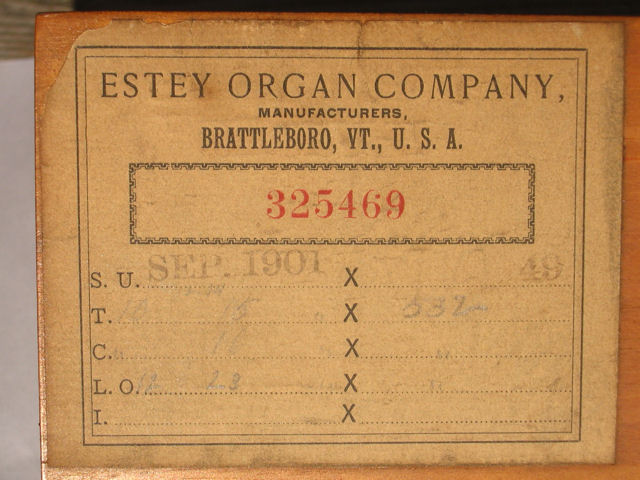ESTEY ORGAN CO. Download ultraman cosmos vs ultraman justice sub indo indonesia. Reed Pump Organ: Company from Brattleboro, VT. Serial Number 446398 On Sticker in Back, Dates it to Early 1920's.
Tri Wheel Dollies. Why do I get passionate about Tri Wheel Dollies.? It’s nice to make a buck, but that’s not the reason. It protects the piano from the legs snapping or falling off, but damage to the piano is not where the passion comes from, nor is it saving the institution money. It comes from the knowledge that I might have saved a guy like Jay (in the photo) from being injured when the leg snaps or falls off and having to walk with a limp for the rest of his life. (Or worse) Now I know when Jay and others are rolling the 800 pound grand piano, everyone will be safe.
By admin The 19th-century “Pump Organ” is one of those items that everyone thinks is incredible and probably valuable.bad sadly isn't.These impressive examples of Victorian decor once graced any parlor of a family who was musically inclined, but could not afford the more expensive Pianos. During a time when most people entertained themselves a organ or a piano was often the choice of instrument and they were sold in the tens of millions from the 1850's through to the 1920's. One of the best known makers of these behemoths was the Estey company, founded in 1846 and located in Brattleboro, Vt. The company survived the Civil War, the Great Depression and Two World Wars before finally closing its doors in 1960.
During its 114 year run, just this one company produced an estimated 520,000 organs. The Estey organs are generally easier to estimate a date of production for, as they stamped a serial number on each one.

A documented example from 1850 was marked '400', by the 1870's, the numbers were up in the 24,000 range, in 1880 they had produced their 100,000th organ, 221,000 by 1890. The popularity of the Pump Organ was nearing its end by this point, the invention of the Phonograph soon had these once staple items of the Victorian Era relegated to back rooms, drive sheds and barns. Values for them today in unrestored condition are very modest, few are returned to their original use, but converted into desks and bars. Today at auction it's not uncommon for them to fail to get bids, or sell for less than $200.00.